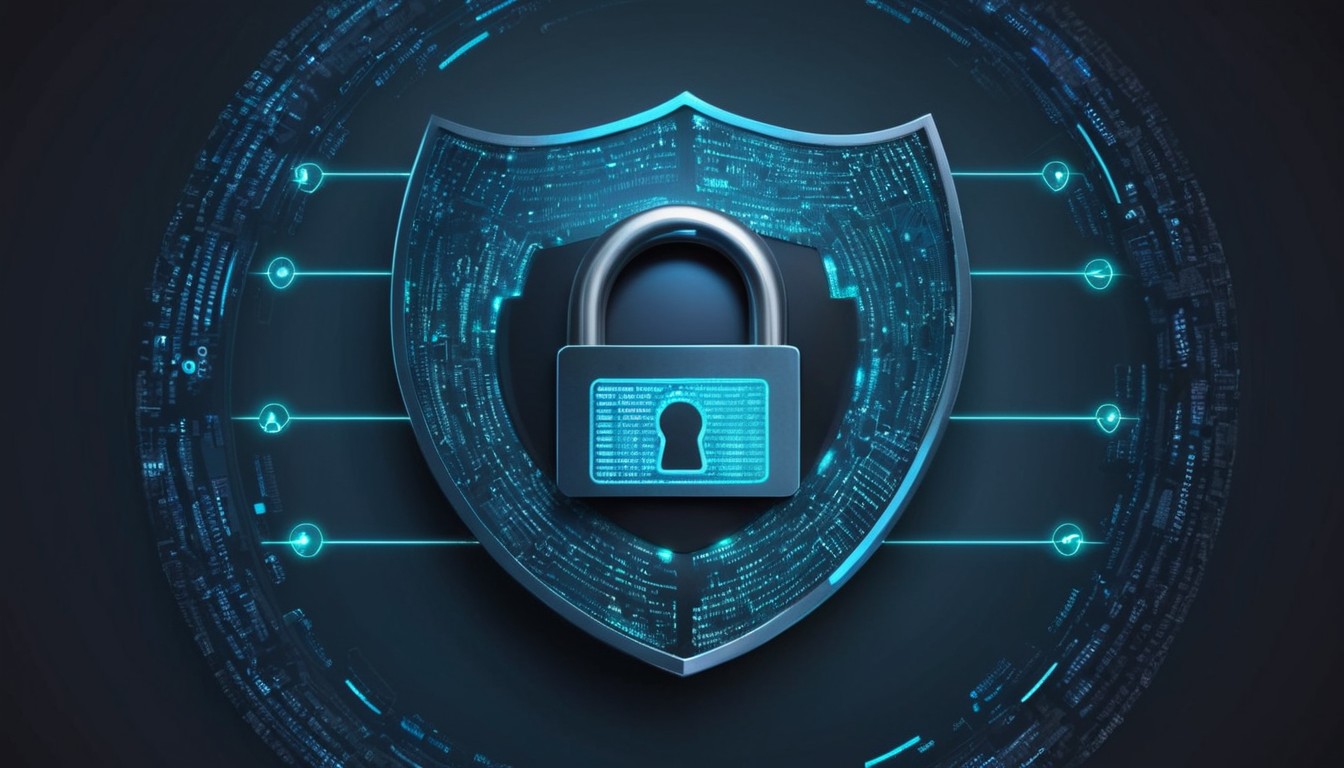The traditional landscape of work is undergoing a significant transformation, and the cybersecurity domain is no exception. With the rise of remote work, Security Operations Centers (SOCs) are faced with the challenge of adapting to new environments while ensuring the same level of vigilance and effectiveness. In this blog post, we explore how SafeNet SOC is successfully navigating this shift, adapting to remote work without compromising on cybersecurity standards.
Remote Work and Cybersecurity Challenges
The shift to remote work has brought forth a new set of challenges for SOCs. The need for secure connections, reliable communication, and the ability to monitor diverse endpoints has become paramount. SafeNet recognizes the importance of adapting to this new normal and has implemented strategies to ensure that our SOC remains resilient in the face of these challenges.
Adapting SafeNet SOC to Remote Work Environments:
- Secure Remote Connectivity: SafeNet understands that secure remote connectivity is the linchpin of a successful remote SOC. We leverage advanced Virtual Private Network (VPN) solutions and encrypted communication channels to ensure that SOC analysts can access critical systems securely from any location.
- Cloud-Based Security Infrastructure: Moving beyond traditional on-premises setups, SafeNet SOC has embraced cloud-based security infrastructure. This approach allows our analysts to efficiently monitor and respond to cybersecurity incidents regardless of their physical location, ensuring a seamless transition to remote work.
- Endpoint Security and Visibility: With the dispersion of endpoints in a remote work setting, SafeNet SOC prioritizes endpoint security and visibility. Advanced Endpoint Detection and Response (EDR) solutions are employed to monitor and respond to potential threats on devices outside the traditional office network.
Ensuring Collaboration and Communication:
- Virtual Collaboration Platforms: SafeNet promotes virtual collaboration through secure communication platforms. SOC analysts utilize encrypted messaging, video conferencing, and collaboration tools to ensure effective communication while maintaining the security and privacy of sensitive information.
- Remote Training and Skill Development: Recognizing the need for continuous skill development, SafeNet SOC provides remote training opportunities. This ensures that our analysts stay updated on the latest cybersecurity trends and techniques, enhancing their capabilities even in a remote work environment.
- Threat Intelligence Sharing: SafeNet fosters a culture of threat intelligence sharing, even in remote settings. Our analysts actively participate in virtual forums and communities to stay informed about emerging threats, ensuring a collective and proactive response.
Maintaining Cybersecurity Resilience:
- Regular Security Audits: SafeNet SOC conducts regular security audits, even in remote work scenarios, to ensure that all cybersecurity measures are robust and up to date. This proactive approach helps identify and address potential vulnerabilities before they can be exploited.
- Incident Response Preparedness: Remote work environments require a heightened focus on incident response preparedness. SafeNet SOC conducts regular drills and simulations to ensure that analysts are well-prepared to respond swiftly and effectively to security incidents, regardless of their location.
SafeNet recognizes that the adaptability of a SOC is pivotal in maintaining cybersecurity resilience, especially in the face of remote work challenges. By leveraging secure connectivity, cloud-based infrastructure, and a commitment to continuous training, SafeNet SOC ensures that the transition to remote work is not a compromise on security. In a rapidly changing landscape, SafeNet stands at the forefront, evolving alongside the needs of modern cybersecurity, and remains a reliable guardian of digital assets, whether in the office or working remotely.





